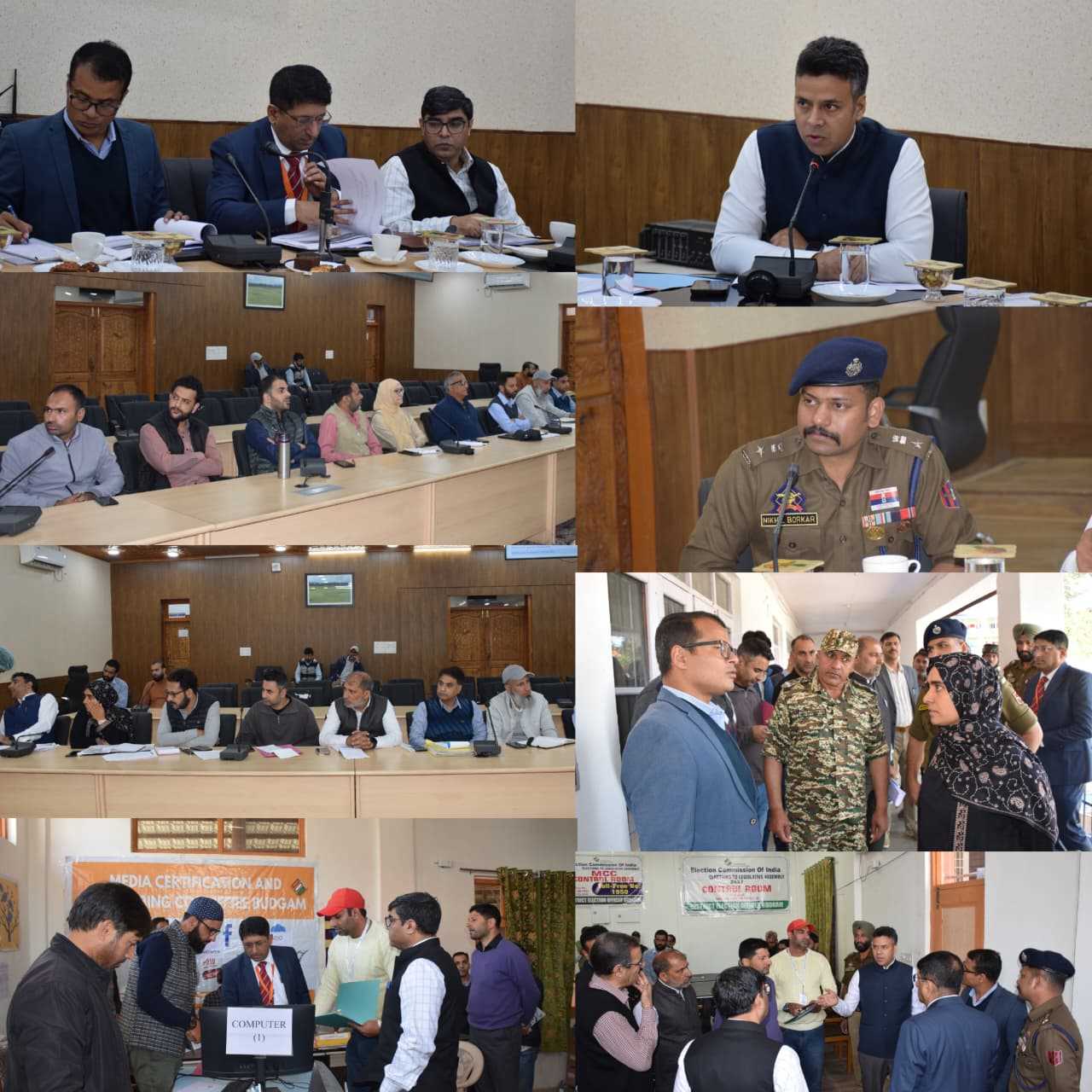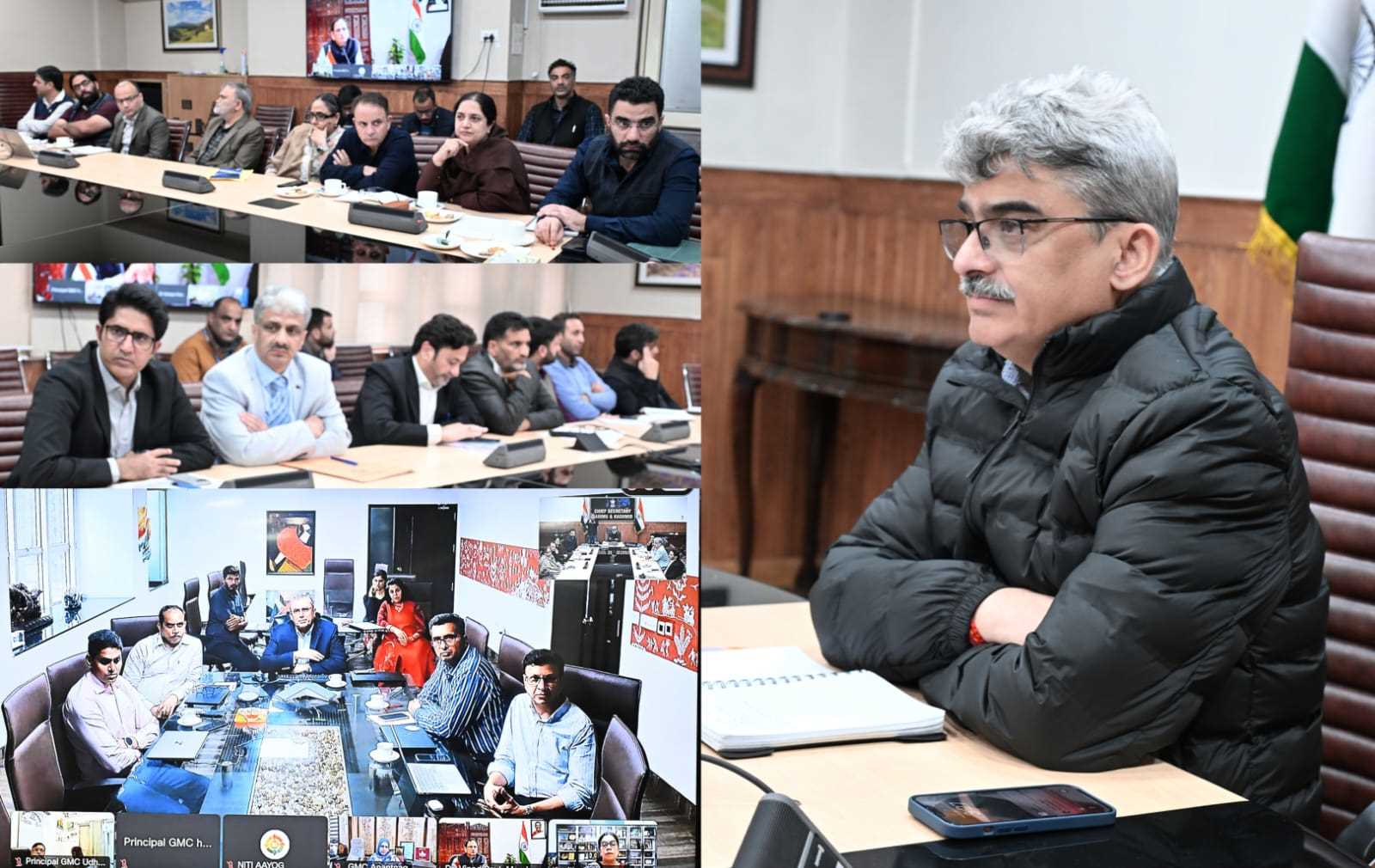The surge in apple prices across Kashmir’s fruit markets has brought much-needed relief and optimism to thousands of growers who form the backbone of the region’s horticultural economy. After several years of fluctuating rates, transport bottlenecks, and market uncertainties, the escalation in apple prices has infused a sense of stability and confidence among orchardists. This development, while encouraging, also carries important lessons about the need for systemic reforms, infrastructure improvements, and long-term sustainability in the horticulture sector. Apples are not just a fruit for Kashmir — they are a livelihood. Nearly 7 lakh families depend directly or indirectly on the industry, which contributes significantly to the Union Territory’s economy. The improved rates this season — driven by better quality produce, reduced supply from other states, and robust demand in northern markets — have helped growers recover from recent years of financial distress. Many attribute this positive trend to favourable weather conditions, enhanced grading and packaging practices, and the collective efforts of fruit growers’ associations in stabilizing market mechanisms. However, while higher prices are a cause for celebration, they should not mask the deeper challenges confronting the sector. One major concern remains the inadequate transport and cold storage infrastructure. The Sopore Fruit Mandi — Asia’s second largest fruit market — continues to face logistical hurdles, including poor road connectivity and high freight costs. Similarly, lack of sufficient cold storage facilities forces growers to sell produce quickly, often at suboptimal prices, especially when markets experience sudden fluctuations. There is also an urgent need for government intervention to strengthen the farm-to-market chain. Subsidies for high-density plantation, improved grading systems, and the introduction of efficient e-market platforms can help ensure that profits reach the growers directly rather than middlemen. The government must also prioritize modern post-harvest management techniques to reduce wastage and enhance export potential.
Equally important is diversification — both in crop variety and export markets. Relying solely on traditional varieties and domestic buyers exposes growers to economic vulnerability. Investment in processing units, branding Kashmiri apples as a premium product, and exploring global markets can further safeguard the industry’s future.
The rising apple rates are a welcome sign, symbolizing resilience and hope in Kashmir’s rural economy. But to ensure that this growth is sustainable, stakeholders — from the government to growers — must work together to build a stronger, more competitive horticulture ecosystem. Prosperity, after all, should not depend on one good season, but on a consistent vision for the future.







